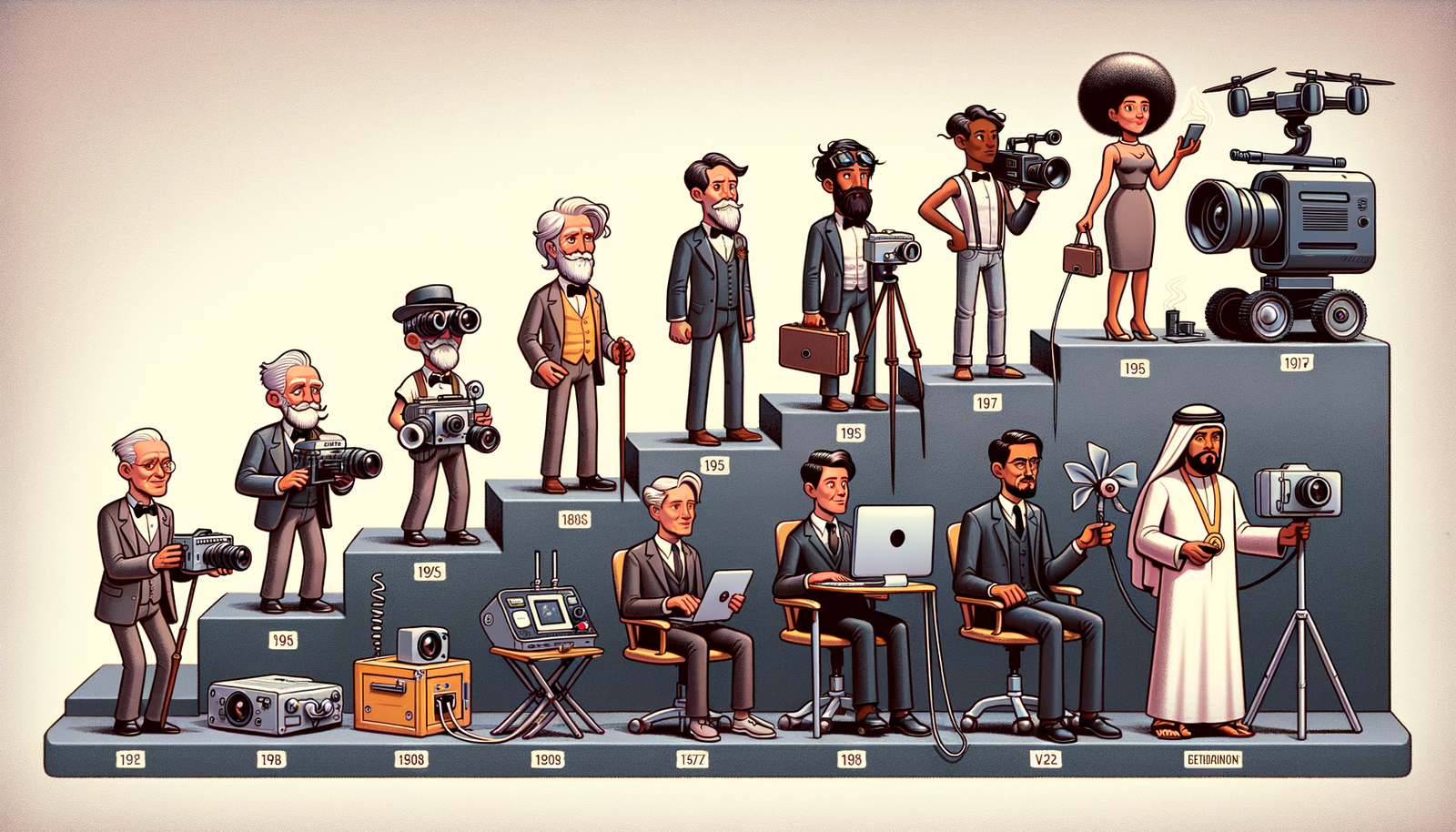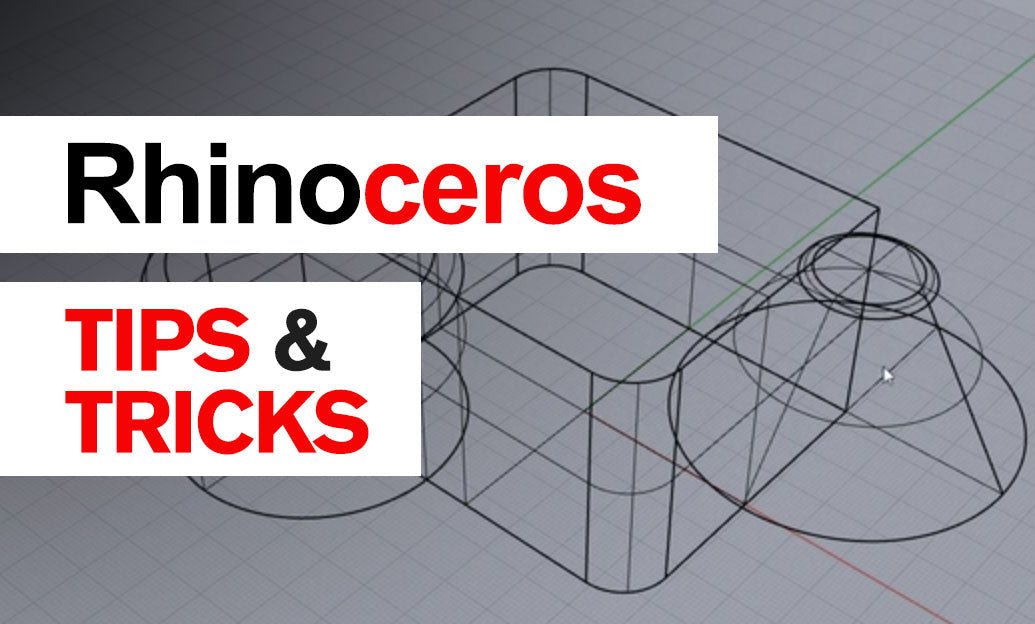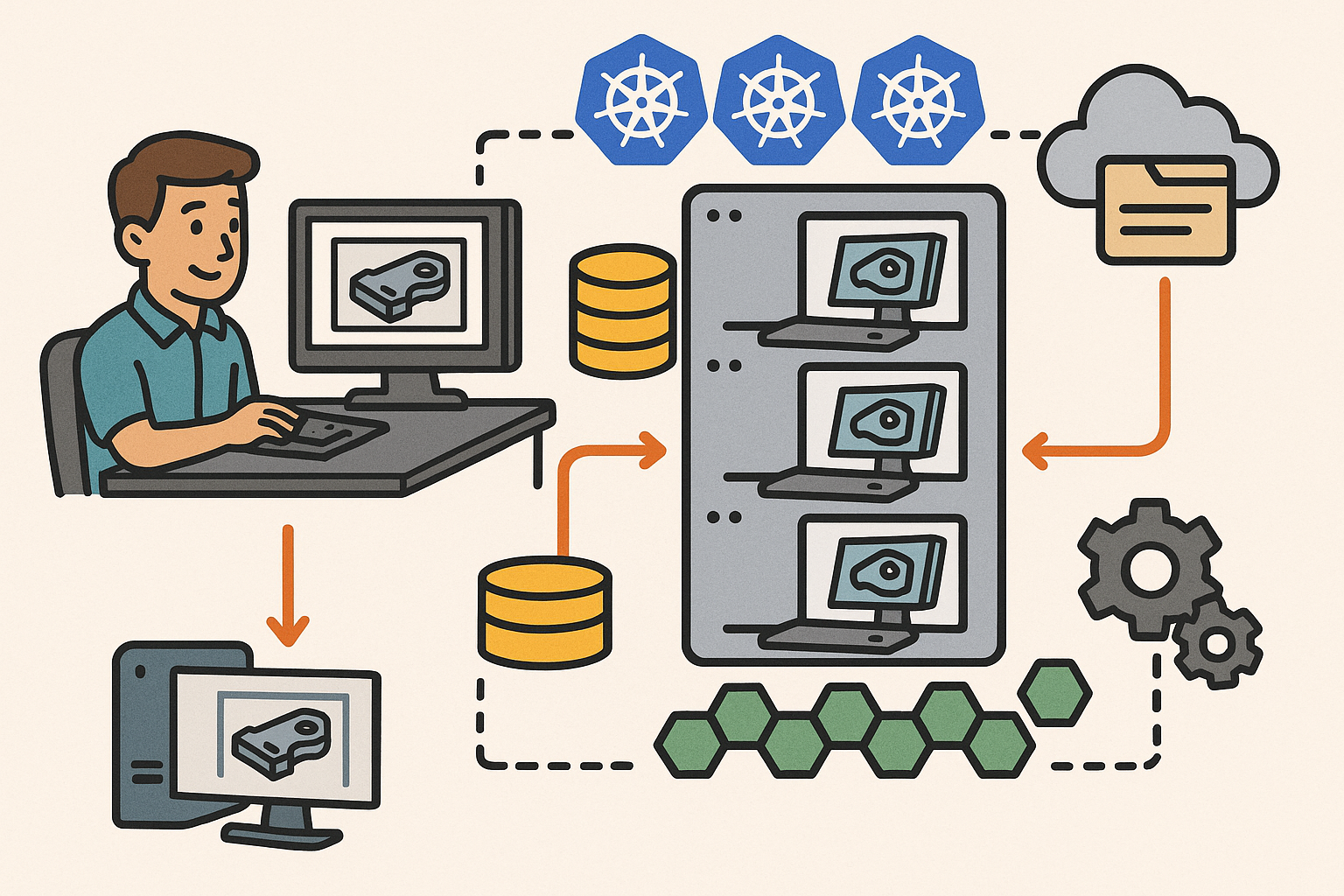Your Cart is Empty
Customer Testimonials
-
"Great customer service. The folks at Novedge were super helpful in navigating a somewhat complicated order including software upgrades and serial numbers in various stages of inactivity. They were friendly and helpful throughout the process.."
Ruben Ruckmark
"Quick & very helpful. We have been using Novedge for years and are very happy with their quick service when we need to make a purchase and excellent support resolving any issues."
Will Woodson
"Scott is the best. He reminds me about subscriptions dates, guides me in the correct direction for updates. He always responds promptly to me. He is literally the reason I continue to work with Novedge and will do so in the future."
Edward Mchugh
"Calvin Lok is “the man”. After my purchase of Sketchup 2021, he called me and provided step-by-step instructions to ease me through difficulties I was having with the setup of my new software."
Mike Borzage
Design Software History: Evolution of Photogrammetry: From Analog Beginnings to Modern 3D Modeling and Future Trends
May 23, 2024 5 min read

Introduction to Photogrammetry in 3D Modeling
Definition and Importance
Photogrammetry is the science and technology of obtaining reliable information about physical objects and the environment through the process of recording, measuring, and interpreting photographic images. It plays a crucial role in 3D modeling, allowing for the creation of accurate and detailed

representations of objects and spaces from photographs.
The importance of photogrammetry spans across various industries such as architecture, archaeology, and film. For architects, photogrammetry provides a precise and efficient method to capture existing structures and environments, aiding in renovation and restoration projects. In archaeology, it allows for the documentation and analysis of excavation sites without the need for physical contact, preserving delicate artifacts. In the film industry, it enables the creation of realistic sets and special effects, enhancing the visual storytelling experience.
Early Beginnings
The roots of photogrammetry can be traced back to the 19th century with the invention of photography. The early techniques were analog, relying on the principles of geometry and optics to derive measurements from photographs. The transition from analog to digital methods marked a significant evolution in the field, allowing for increased accuracy and efficiency.
Key Technological Milestones
Analog Photogrammetry
In the early days, photogrammetry relied heavily on analog techniques and devices. One of the foundational methods was stereoscopy, which involved taking two photographs of the same object from slightly different angles. By viewing these photographs through a stereoscope, a three-dimensional image could be perceived, allowing for depth measurements.
The introduction of aerial photogrammetry further expanded the applications of this technology. By mounting cameras on aircraft, large areas of land could be photographed and mapped, which proved invaluable for topographic surveys and military reconnaissance. These early techniques laid the groundwork for future advancements in the field.
Digital Transformation
The advent of digital cameras and computer processing marked a turning point in the evolution of photogrammetry. Digital cameras provided higher resolution images and greater flexibility in capturing data. This, coupled with advancements in computer processing, enabled the development of more sophisticated algorithms and software solutions.
One of the key developments during this period was the Direct Linear Transformation (DLT) algorithm. The DLT algorithm allowed for the calculation of 3D coordinates from 2D images, significantly improving the accuracy and efficiency of photogrammetric measurements. This development paved the way for the creation of specialized photogrammetry software that could handle complex computations and large datasets.
Influential Companies and Pioneers
Pioneering Companies
Several companies have played a pivotal role in advancing photogrammetry software. Autodesk, a leader in design software, has developed tools such as ReCap, which allows users to create 3D models from photographs and laser scans. Bentley Systems is another major player, offering ContextCapture, a software solution for generating 3D models from simple photographs.
Other significant contributions have come from companies like Agisoft, known for its Metashape software, which is widely used in various industries for creating high-quality 3D models. Pix4D and RealityCapture are also noteworthy, providing innovative solutions for capturing and processing 3D data.
Notable Figures
The field of photogrammetry has been shaped by the contributions of numerous pioneers. Carl Pulfrich, a German physicist, made significant advancements in the development of photogrammetric techniques and instruments. His work in stereophotogrammetry laid the foundation for many modern methods.
Otto von Gruber, another key figure, contributed to the mathematical foundations of photogrammetry. His research on the geometric and radiometric properties of photographs provided critical insights that have influenced the development of photogrammetric algorithms.
In more recent times, modern contributors have continued to advance the field with new algorithms and software solutions. Their work has enabled the integration of photogrammetry with other technologies, such as artificial intelligence and machine learning, further expanding its applications and capabilities.
Modern Applications and Future Trends
Current Applications
Today, photogrammetry is used in a wide range of industries. In construction, it provides an efficient way to capture and document building sites, aiding in project planning and management. The gaming industry utilizes photogrammetry to create realistic environments and characters, enhancing the immersive experience for players. In virtual reality, it allows for the creation of detailed and lifelike simulations, providing users with a more authentic experience.
- Construction: Efficient capture and documentation of building sites.
- Gaming: Creation of realistic environments and characters.
- Virtual Reality: Detailed and lifelike simulations.
Future Prospects
The future of photogrammetry is poised for exciting developments. One of the key trends is the integration of artificial intelligence (AI) and machine learning. These technologies have the potential to automate many aspects of the photogrammetric process, improving accuracy and reducing the time required for data processing.
Advancements in real-time processing and cloud-based solutions are also expected to have a significant impact. Real-time processing allows for immediate feedback and results, which can be particularly useful in applications such as construction and inspection. Cloud-based solutions enable the storage and processing of large datasets, making it easier to collaborate and share information across different locations.
Emerging technologies like drones and LiDAR are also set to influence the future of photogrammetry. Drones can capture high-resolution images from various angles, providing comprehensive data for photogrammetric analysis. LiDAR, which uses laser pulses to measure distances, can complement photogrammetry by providing additional depth information, enhancing the accuracy and detail of 3D models.
- AI and Machine Learning: Automate photogrammetric processes, improve accuracy.
- Real-Time Processing: Immediate feedback and results.
- Cloud-Based Solutions: Easier collaboration and data sharing.
- Drones: High-resolution image capture from various angles.
- LiDAR: Provides additional depth information, enhancing 3D models.
Conclusion
Summary of Evolution
Over the years, photogrammetry has evolved significantly, transitioning from analog techniques to sophisticated digital methods. The field has seen continuous innovation, driven by advancements in technology and the contributions of pioneering companies and individuals. Today, photogrammetry plays a vital role in various industries, providing accurate and detailed 3D models that aid in analysis, planning, and visualization.
Looking Forward
As we look to the future, the potential for further advancements in photogrammetry is immense. The integration of emerging technologies, such as AI, machine learning, drones, and LiDAR, promises to enhance the capabilities and applications of photogrammetry even further. Continuous research and development will be essential in harnessing these technologies and pushing the boundaries of what is possible.
In conclusion, photogrammetry stands as a testament to the power of innovation and the impact of technology on our ability to understand and interact with the world around us. As the field continues to evolve, it will undoubtedly open up new possibilities and opportunities, shaping the future of 3D modeling and beyond.
Also in Design News

Rhino 3D Tip: True Intersections for Accurate, Repeatable Trim Curves
December 17, 2025 2 min read
Read More
Design Software History: Traceability as a Product Requirement: How Compliance Remade CAD, PDM, and PLM
December 17, 2025 10 min read
Read MoreSubscribe
Sign up to get the latest on sales, new releases and more …



